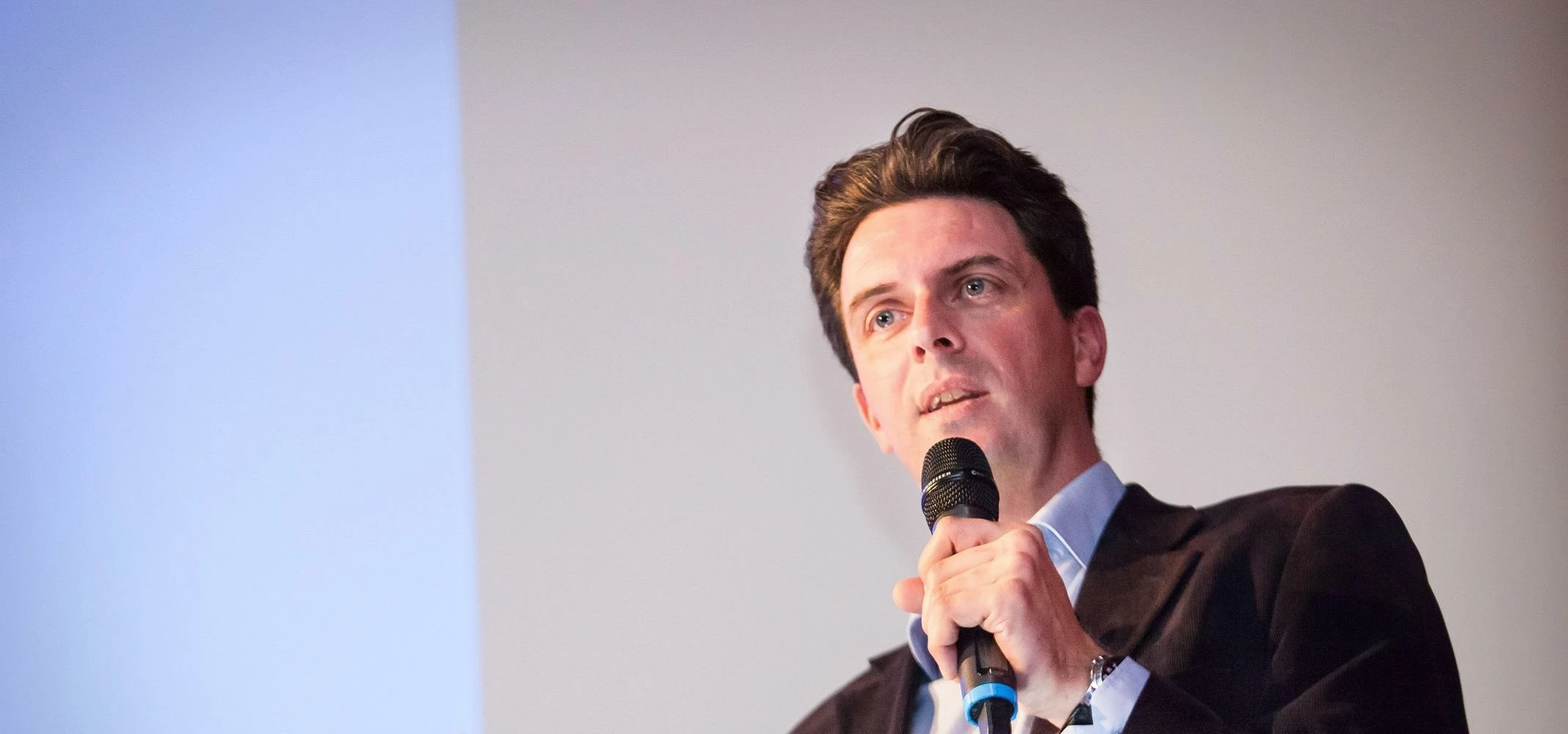
Partner Article
Rehearsed spontaneity: the secret ingredient of winning pitches
**There’s something incredibly impressive about a quick wit. **
Whether it’s Mad Men’s Don Draper stunning the boardroom into silence, or that lightbulb moment when a client’s unexpected question is flawlessly answered, it’s hard to beat the satisfaction of a great spontaneous reaction. While the value of spontaneity has long been recognised in the creative fields, its contribution to business is less well-documented. In this article, I’ll outline some ways that marketers and businesses can use techniques such as rehearsed spontaneity and conversational presenting to drive audience engagement. Ultimately, I’ll show you how to create those spontaneous “wow” moments that make presentations unforgettable.
**The future of presenting **
The first step in creating a killer exchange with your audience is getting them to actually participate. Conversational presenting does exactly that by putting the onus on the audience to guide the presentation. This may sound risky at first, but with correct preparation, conversational presenting will make for a stimulating, interactive and engaging session.
To start, ask your audience what they would like to discuss and move forward from there. This is fundamental to conversational presenting, and it takes a similar approach to the Meisner techniquein acting. The idea in theatre is that the actor is thinking less about herself. Instead, she responds to the surrounding environment, improvising and bringing spontaneity to her work in a way that creates a rich emotional impact. This method of acting and reacting is particularly relevant to modern marketers.
One of the trickiest parts of conversational presenting is not just working with those reactions, but knowing when to stop. Pauses can be incredibly powerful. They can create space, increase tension, and ensure greater impact of your message. It can be hard to leave an audience in silence, particularly in front of large crowds or in high pressure situations. However, think of this as using bold text: used sparingly, it can help drive home the most important points.
**The sharpest tools in the box **
In addition to getting your audience to participate in your presentation, try to use tools that let you move flexibly between topics without being tied down to a rigid structure. An open canvas-style presentation, in which you can move around freely rather than simply forward or backward, lends itself directly to a spontaneous, conversational form of presenting.
A recent study by top university researchers found that audiences recognise a ‘true and specific benefit’ of Prezi’s ‘zooming user interfaces (ZUI) over slideware’. A ZUI can be imagined as a large image or canvas that you can ‘zoom’ into and pull back from to show context as desired. The researchers assessed ZUI-style presentations as being more engaging, persuasive, effective, and organised than a traditional slide deck.
**Come prepared, be spontaneous **
Now, even if you use the most amazing presentation tools and your audience is incredibly willing to participate, preparation remains essential. Most marketing and sales professionals will be prepared for 95% of the questions thrown at them, but it is impossible to anticipate everything. Writing down as many anticipated questions as possible and building them out into the most powerful answers you can offer will help you prepare. Immediately after the pitch, write down any question that threw you off to better prepare for next time.
Finally, within these responses, you can build in rhetorical devices. Think back to the pauses – where can they be placed for maximum effect? Another quick example is the “rule of three,” a simple repetition that can drive memory retainment. To use it, revise your written points and pick out the top messages you want to weave into as many of sections as possible, then go back through and consider where they can be added.
Ultimately, the mistake for many is thinking that spontaneity only comes naturally and cannot be learned. In reality, it is equal parts preparation and thinking on your feet. Marketers don’t need years of training or acting classes. You don’t need to be Don Draper to achieve supercharged spontaneity – it’s within reach of anyone who’s open to trying out new techniques and tools. Taking your next presentation beyond the standard slideshow will drive audience engagement, and, in turn, drive you forward as an effective presenter.
This was posted in Bdaily's Members' News section by Spencer Waldron .








 A year of resilience, growth and collaboration
A year of resilience, growth and collaboration
 Apprenticeships: Lower standards risk safety
Apprenticeships: Lower standards risk safety
 Keeping it reel: Creating video in an authenticity era
Keeping it reel: Creating video in an authenticity era
 Budget: Creating a more vibrant market economy
Budget: Creating a more vibrant market economy
 Celebrating excellence and community support
Celebrating excellence and community support
 The value of nurturing homegrown innovation
The value of nurturing homegrown innovation
 A dynamic, fair and innovative economy
A dynamic, fair and innovative economy
 Navigating the property investment market
Navigating the property investment market
 Have stock markets peaked? Tune out the noise
Have stock markets peaked? Tune out the noise
 Will the Employment Rights Bill cost too much?
Will the Employment Rights Bill cost too much?
 A game-changing move for digital-first innovators
A game-changing move for digital-first innovators
 Confidence the missing ingredient for growth
Confidence the missing ingredient for growth